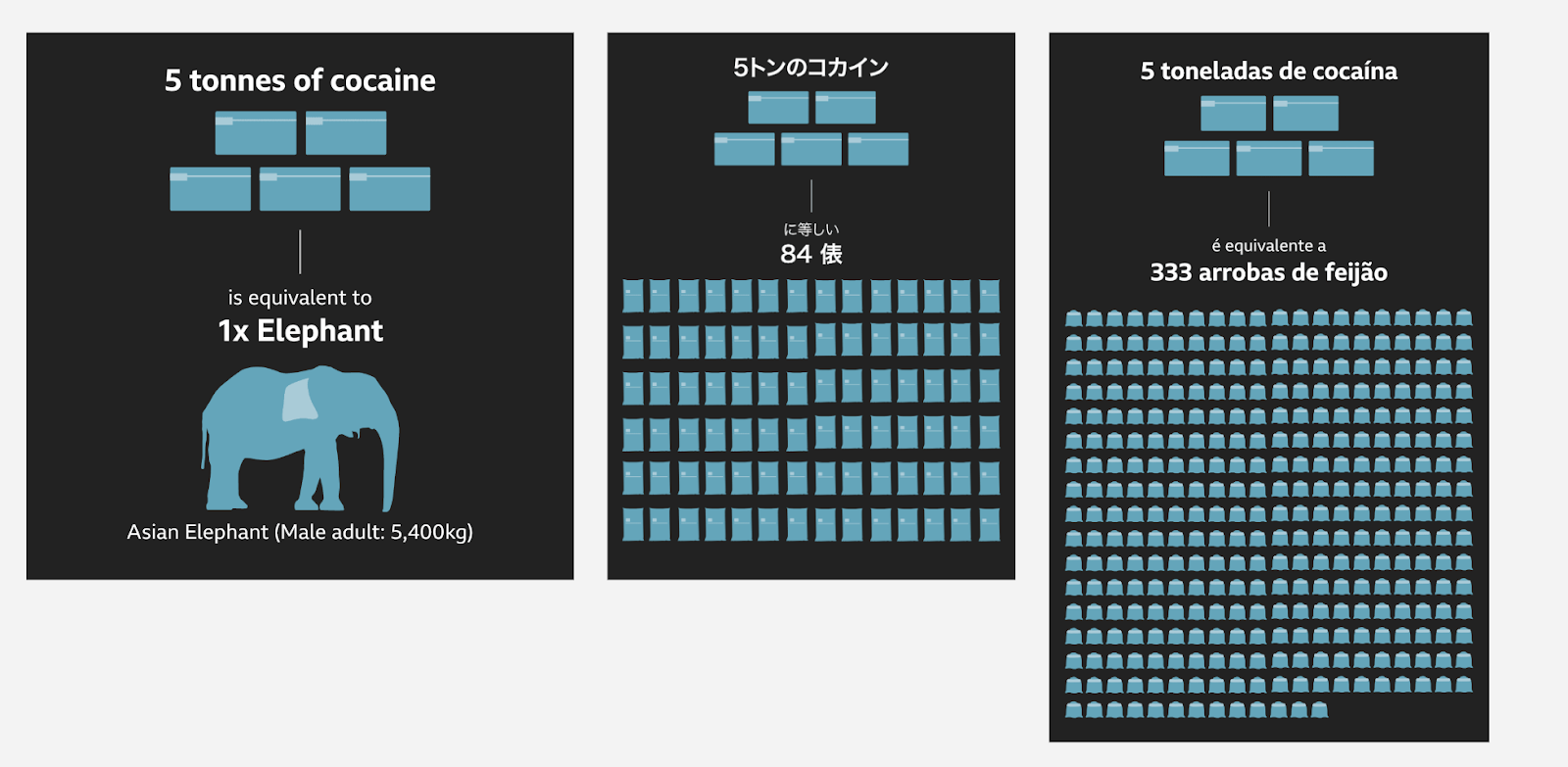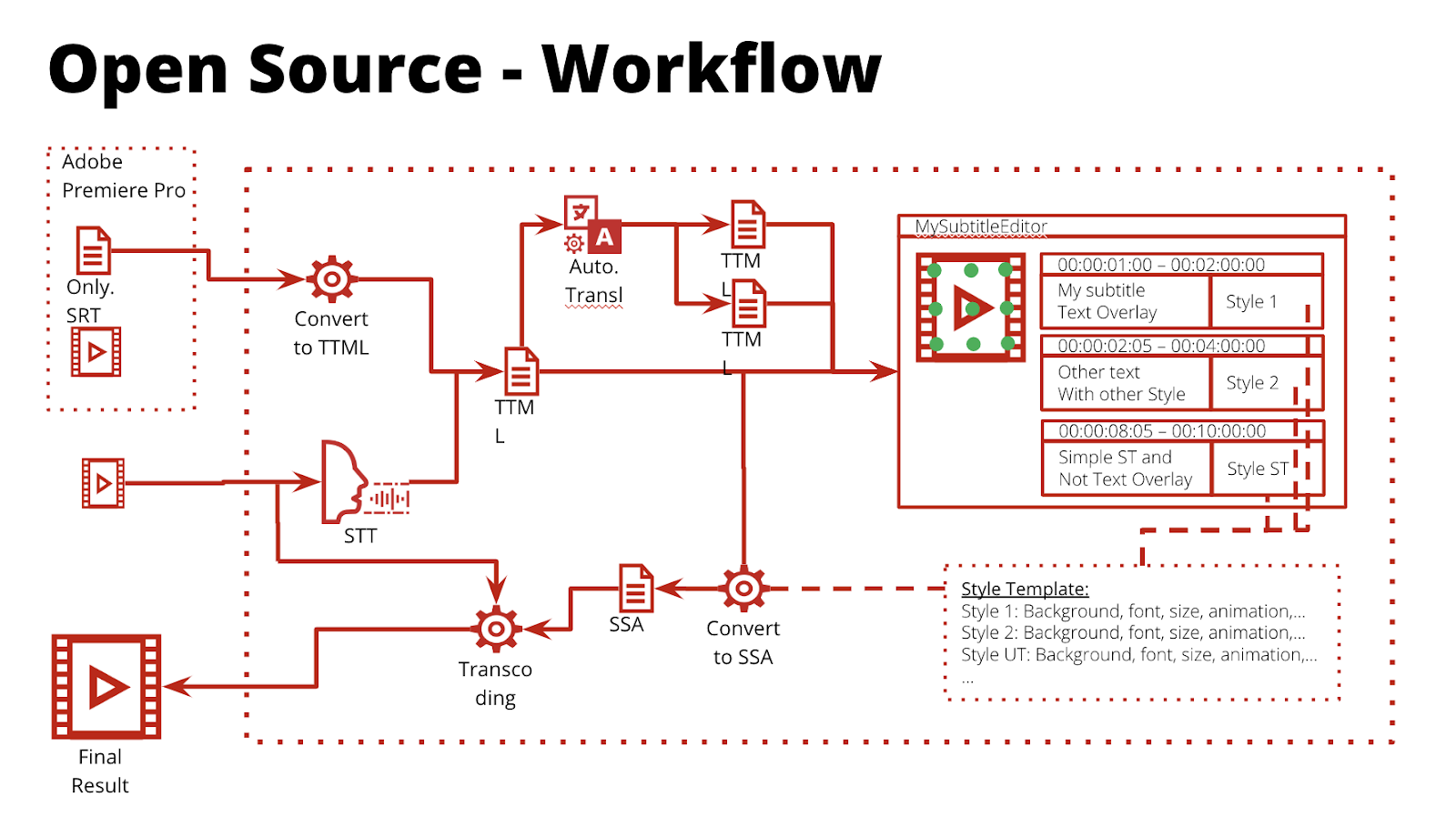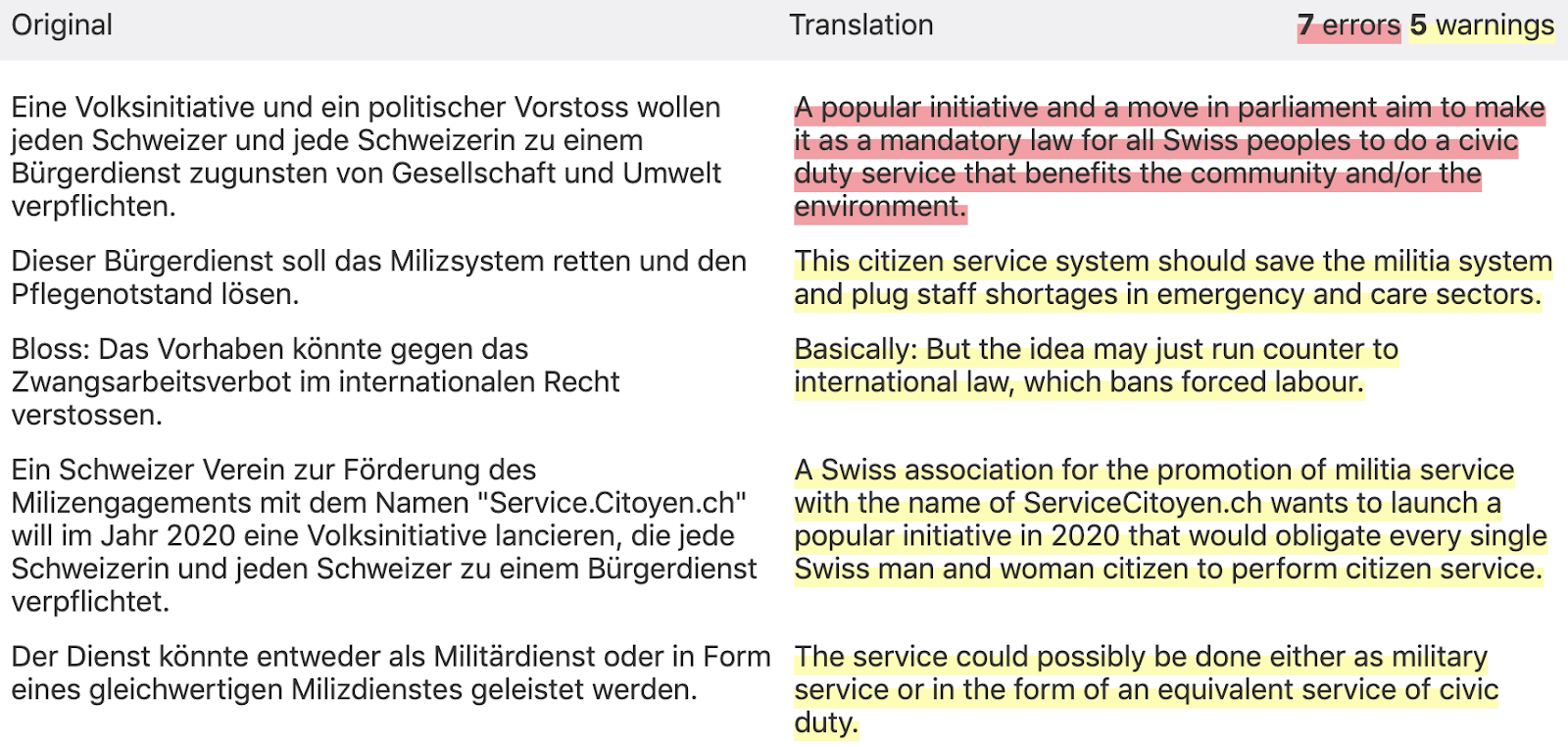
Image: Shutterstock
A few years ago, multilingual journalism was all the rage. US media organizations hired across Europe and Asia to diversify their offerings and reach new global audiences.
But reality often did not meet expectations. It turned out that typical subscribers mostly don’t need or want translations from English into their native language. Largely automated translations didn’t resonate. Markets were too small to justify separate operations. So slow growth led to closures and scaling down of ambitions.
I witnessed both the hope and disappointment firsthand. At the South China Morning Post, I watched the demise of the Chinese-language service. At The New York Times, I worked with the Chinese language edition and experimented with Korean and translations. I witnessed the launch (but missed the shuttering) of NYT en Español.
The assumption that media organizations can’t scale beyond language barriers has since become conventional wisdom among many newsroom leaders I’ve spoken to since. (Even though some are trying to prove them wrong: Dutch publication De Correspondent recently launched an English site, The Correspondent.)
But current trends in the industry could make some reconsider, again. Here’s why: Newsrooms have become much less rigid in their operations and output, and editorial tech teams have moved much closer to editorial processes.
Experiments in multilingual products have led to a wide range of tools and best practices that are reasonably well-established and can significantly lower the threshold of translations and localized adaptations.
The understanding of what counts as a success (how many readers, how long they spend on the site, how often they return, and whether they donate or subscribe) has changed, too.
Slimmed-down language editions are under less pressure to measure against the original and can afford to be more strategic in their output. There’s also more awareness that such content requires distinct distribution strategies and key performance indicators (KPIs).
There’s also the added benefit that should not be underestimated: By reaching out to audiences in other languages and by being more conversational in their multilingual output, these publications can develop new sources in places where in the past they mostly relied on fixers and stringers and hearsay. They’re also more easily fact-checked.
(GIJN member Correctiv, a nonprofit newsroom in Germany recently started a debate about the translation of quotes on German news broadcasts from Russian, Chinese, and Arabic. Imagine if it was possible for viewers to point out mistakes or suggest improvements.)
These changes could rekindle publishers’ plans to publish across languages. Automation and better tools have significantly reduced their production costs, and they are now armed with a more nuanced and incremental understanding of success.
The legacy international public broadcasters suddenly have lessons to offer: At SWI swissinfo.ch — where I have been executive editor since last year — we publish in 10 languages. BBC News and Deutsche Welle publish in more than 30 languages.
Look at them – their challenges, tools, and metrics – if you’re trying to figure out how to go multilingual: Their everyday problems in terms of production will be yours, too.
Some journalists, coders, linguists, and designers from SWI, BBC News, Deutsche Welle, the Neue Zürcher Zeitung and others met in Bern, Switzerland, for a two-day hackathon in February to find ways to make these often somewhat cumbersome processes easier.
Here are three results that might be useful for your news organization. They’re all in the public domain, so feel free to fork and make them shine. If you work on the same problems, get in touch.
1. A Tool to Make Infographics that Make Sense across Cultures and Languages
 This team tried to find better ways to visualize different units of measure across different languages.
This team tried to find better ways to visualize different units of measure across different languages.
For instance: For the illustration above, the team asked our colleagues from various language services for intuitive comparisons to 5 tonnes of cocaine. Our colleagues in the Japanese services suggested rice bags, and our colleagues from Brazil in the Portuguese language news service suggested using arrobas, a local weight unit equivalent to 15 kg.
Here is the team’s presentation and its prototype. This one won the hackathon.
2. A Tool for Hardcoded Video Text
 This team looked for ways to simplify the production of translated videos featuring text overlays.
This team looked for ways to simplify the production of translated videos featuring text overlays.
Subtitles are somewhat automated across platforms already. They’re usually text files that can be easily translated and superimposed on video clips. But these text elements are often unappealing and don’t work on some platforms such as Instagram.
This team found an ingenious solution that, according to their own estimate, could save some of them 75% of their time.
Here is the team’s presentation and process.
3. A Translation Quality Control Tool
 Very often, media sites translate quotes and names using automated tools, and mistakes creep in. This team looked for ways to highlight such errors and offer alternative suggestions on media sites.
Very often, media sites translate quotes and names using automated tools, and mistakes creep in. This team looked for ways to highlight such errors and offer alternative suggestions on media sites.
This team used conditional assumptions to identify common mistakes: Typically, German sentences are longer than English ones, for example. The backend would then highlight individual paragraphs that might warrant another check.
Here is the team’s presentation, a live demo, and their code.
Participants also raised other challenges. Most were not addressed and could be picked up by the next event.
 Patrick Boehler is executive editor at SWI swissinfo.ch, the international service of the Swiss public broadcaster, and is currently co-founding an environmental reporting collective. He previously worked for the New York Times, the South China Morning Post, and other media in Asia, and taught at Hong Kong University’s Journalism and Media Studies Centre.
Patrick Boehler is executive editor at SWI swissinfo.ch, the international service of the Swiss public broadcaster, and is currently co-founding an environmental reporting collective. He previously worked for the New York Times, the South China Morning Post, and other media in Asia, and taught at Hong Kong University’s Journalism and Media Studies Centre.
